Anapanasati | Part 2. Stages of progression
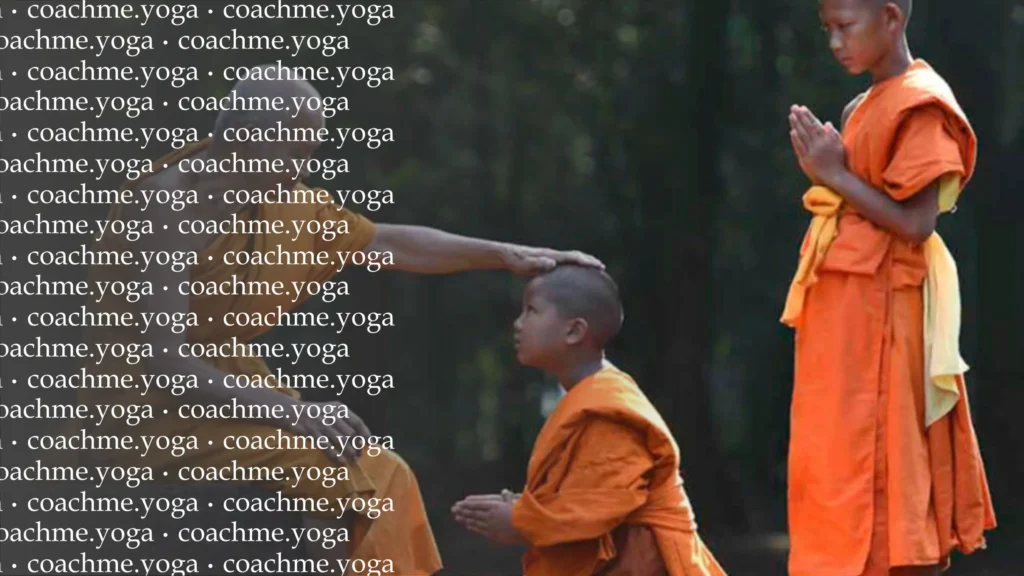
Namaste, my friends! So, let’s move from theory to practice. In the previous article the general logic of the evolution of consciousness was described to give you an opportunity to see a broader picture of this process. Here we will outline already specific technical instructions of the step-by-step movement, based on the comments of such respected meditation teachers as: Pa Auk Sayado, Nyanaponika Thera, Ajahn Brahm, Ajahn Buddhadasa, Ajahn Chaa, Bhante Vimalaramsi, Thanissaro Bhikkhu.
To perform Anapanasati meditation, first of all you need to find a quiet and secluded place. In summer time it is good to perform it in nature, but at other times you can also do it at home, having ventilated the room in advance. The main thing is that no one should disturb you during the practice. Try to perform this meditation in the morning when the rest of the family is still sleeping, or in the evening after everyone has already settled down, or at any other time when you are at home alone. This is the ideal scenario. If none of the above options are available to you, adapt your existing environment to your needs (e.g., use earplugs if there is noise in the next room). If there are any beloved pets at home, be sure to remove them to a separate room. Otherwise, they will not let you exercise properly.
Once a suitable place and time has been chosen, you should sit down with your legs crossed. Here it may be relevant to use some kind of mat (“yoga” mat, for example), so that your legs are not too stiff. Also, if your hip and ankle joints are not open enough, it is better to use a special pillow, which is placed under the pelvis (it should be stiffer than a pillow for sleeping). In the basic meditative position with crossed legs, your knees should be lower than your pelvic bones (which protrude on the sides from the front). If they are still higher, feel free to place some sort of elevation under your pelvis. Meditative asanas are: Lotus, Half Lotus, Sidhasana, at most Sukhasana (Turkish) or Vajrasana.
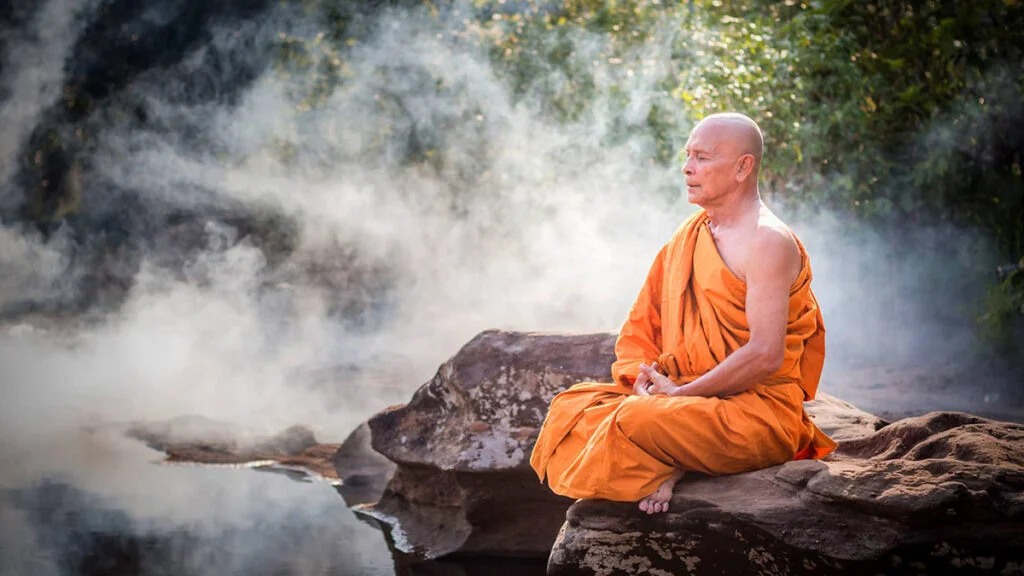
The back should be straight (mandatory), but not tense. If you feel tension in your back, again, put something under your pelvis or change asana. In meditative posture you should not be distracted by the stiffening of your body – it is not a practice of asceticism. In meditation, we work entirely with our mind. Make sure your back is not rounded at the bottom, around the lower back, and not slouching at the top. The top of the head is stretched upwards, the chin is slightly raised to the throat.
Hands can be held either in Jnyana mudra or in Dhyan mudra (Buddha mudra), or they can be placed on the knees. Choose the option available to you.
Close your eyes, let go of all thoughts about the past, the future, or what is going on in the next room. Turn your attention fully to your breathing, namely to a small section of the upper lip, which is just under the nose – where the air moves in and out. This is a kind of anchor for your awareness. Feel the touch of the breath in the area of your nostrils. Fix in your mind only this point – it is not necessary to trace how the breath moves through the body, otherwise concentration will be lost. Do not try to influence the breath in any way – it should be completely natural. Try not to move during meditation (even with your fingers) – any movement disrupts concentration.
Next, there are several techniques that help you not to be distracted by extraneous thoughts. For example, you can count cycles of inhalations and exhalations. That is, when you take one breath in and one breath out, you say “one” to yourself. Thus counting goes up to ten, and then you start again. If at this stage the mind will come to strong anxiety, make deep inhalation and full exhalation, so that lungs are released from air. Repeat three times and return to the original position. At first, the mind will constantly run away from the point of concentration. You should not react emotionally or fight this in any way. Nonchalantly register this event and return back to the breath. In fact, you can spend years of regular practice staying in this stage and there is nothing wrong with it. Just painstakingly put in the effort and your evolution will take its course. The main thing is to get to a certain regularity. It is better to practice every day for 15 minutes than once a week but an hour. In this way you will be gently changing the nature of the functioning of your mind. If your practice has no schedule at all, the results will be corresponding – one step forward, two back. In parallel with this, it is also recommended that you make an effort to loosen up your body (e.g. asana practice) – the freer you sit in meditation, the more effective your development will be.

At the next stage, you need to determine when you spontaneously take long breaths and when you take short breaths. You do not need to analyze it in any way, just note to yourself – it was a long breath, and this is short. In no case do not try to regulate the length of breath yourself – you just register its character. Here the peculiarities of the breathing process will become clearer to you. Perhaps you will realize that a long breath is pleasant and promotes concentration, and a short one vice versa.
Moving on, you will begin to become aware of the entire breathing process. Here continuous concentration on one point can last for quite a long time, for example, twenty minutes in a row or several hundred cycles of counting. You need to increase your awareness by noticing each stage of the breathing process – the beginning, the end and the small pause between inhalation and exhalation. Inner speech is already subsiding at this stage. Eventually you will come to realize that besides your physical body, there is also a pranic body, i.e. the “Breathing Body”. You will clearly see how one body affects the other. After this has become obvious to you, you can move on to the next level.
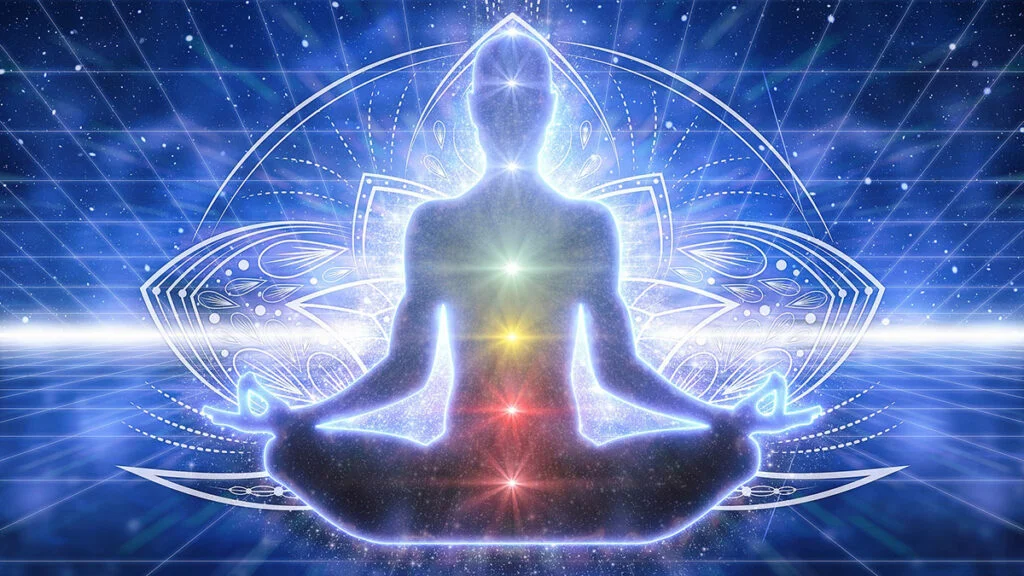
Here you practice concentration in a similar way to the previous stage, but now your mind is focused on calming your breathing. At this stage, the breath may become completely imperceptible. The mind and body will become light and there may be a feeling of elation. Here you can experiment in studying the objects of the mind, the disturbances that arise, see their interrelationship, the reasons for their appearance and disappearance, and learn from this. See if there is any subtle tension in the mind, and if there is, try to find ways to relax, to let go of this tension.
At the next stage the mind stops being distracted by the five senses (you don’t hear or feel anything – in yoga this is called pratyahara), it is fully attuned only to the sixth sense, which is awareness itself. Breathing and awareness will merge with each other, it will be difficult to distinguish between one and the other. One must not admire too much here, otherwise it will destroy concentration. When the mind is completely calm, the nimitta (image of the object of meditation) will arise, which is a reflection of the mind itself. If the nimitta appears far away, do not pay attention to it. The correct nimitta should appear at the place where the breath touches. Depending on the creative ability of the mind, it can be of different kinds – in the form of flame, star, smoke, sphere and so on. To intensify it, focus on its center and completely let go of all control. You don’t want to look at its characteristics (edges, size, outline details, etc.) or try to manipulate it (shrink it, stretch it, etc.) or it may disappear. Let go of the breath and as you focus on the nimitta, it will begin to become more and more vivid and this will be the focus of access (upachara samadhi).

In the final stage of concentration, further concentration on nimitta will cause the mind to dive into nimitta or absorb your entire field of awareness, which is the entry into the first jhana. Jhana is referred to in the suttas as “superhuman phenomenon” – it is the ultimate, mystical experience, a state of bliss and full awareness that is spread throughout the body. Here there is no possibility to control anything (the will disappears), the psychological sense of “I” disappears. There is no sense of time and no ability to reason about what is happening, the mind is completely still, but a powerful bright awareness is present. In this state you can stay for several hours or even the whole day or night. After leaving the jhana, you should review the experience – how the entry into it happened, what factors were present, and so on. You will note that the entry was due to complete letting go (“letting go of everything”).
Vitakka-vichara (vitakka – the mind looks at the object, vichara – the mind experiences the object) are the factors that move the mind to nimitta and keep the mind on it, this manifests as a slight wavering in the first jhana. When vitakka (observation) ceases and only vichara (experiencing) remains, this fluctuation disappears. To enter the next jhanas (2nd, 3rd, etc.) one must develop the power of letting go of “everything” (including unnecessary jhanic factors). The mind will see that the stronger the letting go, the greater the bliss, and so after a while it will naturally gravitate towards more and more letting go. To enter a higher jhana, you set the determination to enter it (for example, the 3rd jhana), and if the letting go is strong, the mind will enter first the first, then the second and stop at the third. The passage through the jhanas is always done in turns. For example, one cannot immediately enter the 4th jhana.
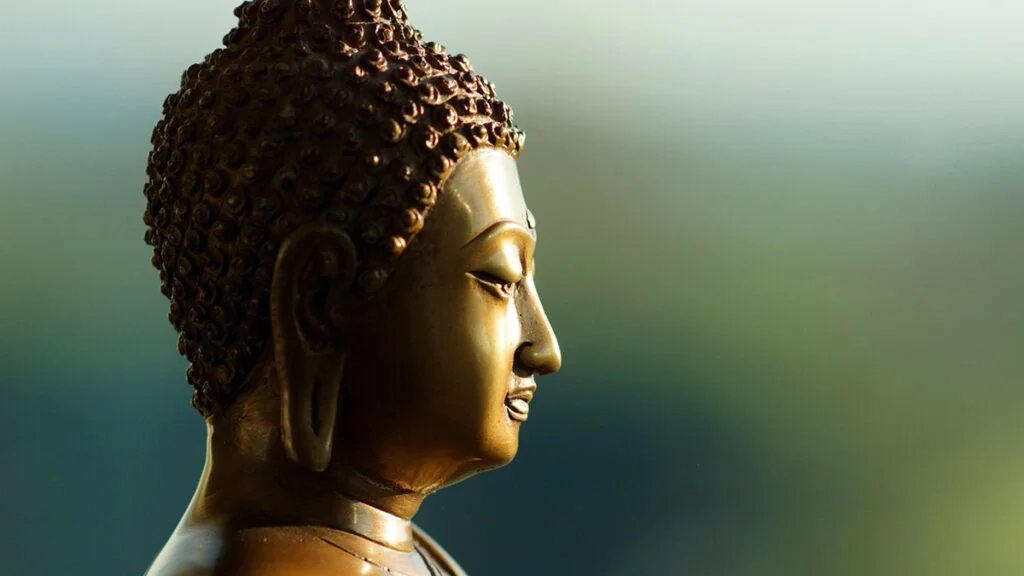
After leaving the jhana, the mind is fresh, bright and pure for a long time (even many days).
Such a pure mind can scrutinize various things, experiences, sensations to which we will direct it – in this way wisdom is developed.
Source used:
Website oum.ru [https://www.oum.ru/yoga/pranayama/anapanasati-hinayana/]

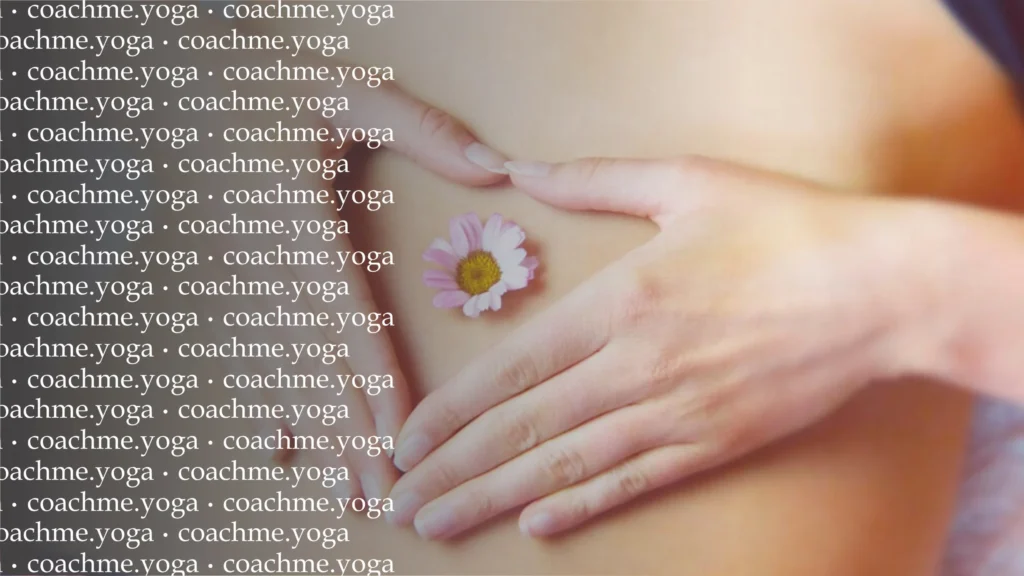
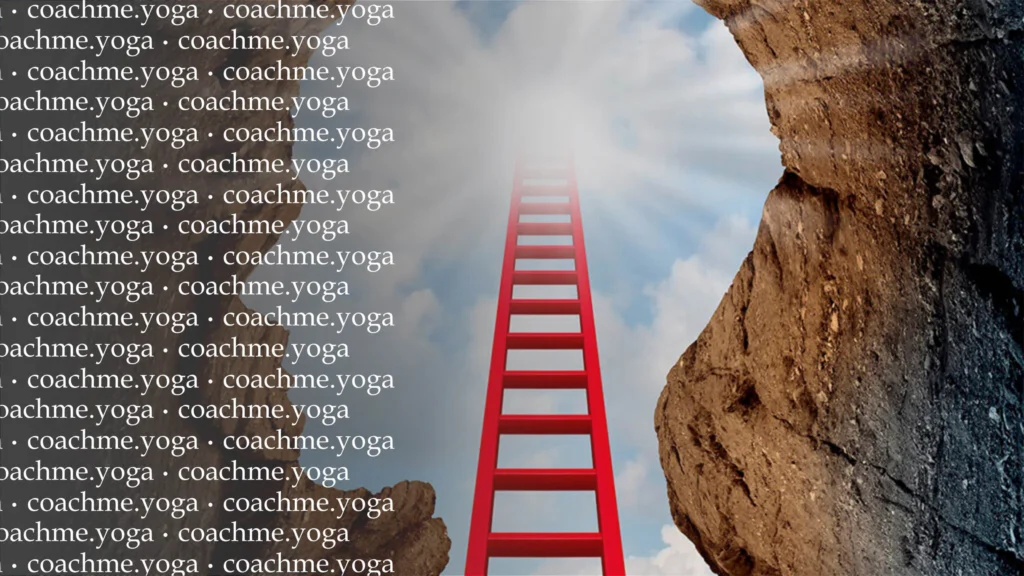

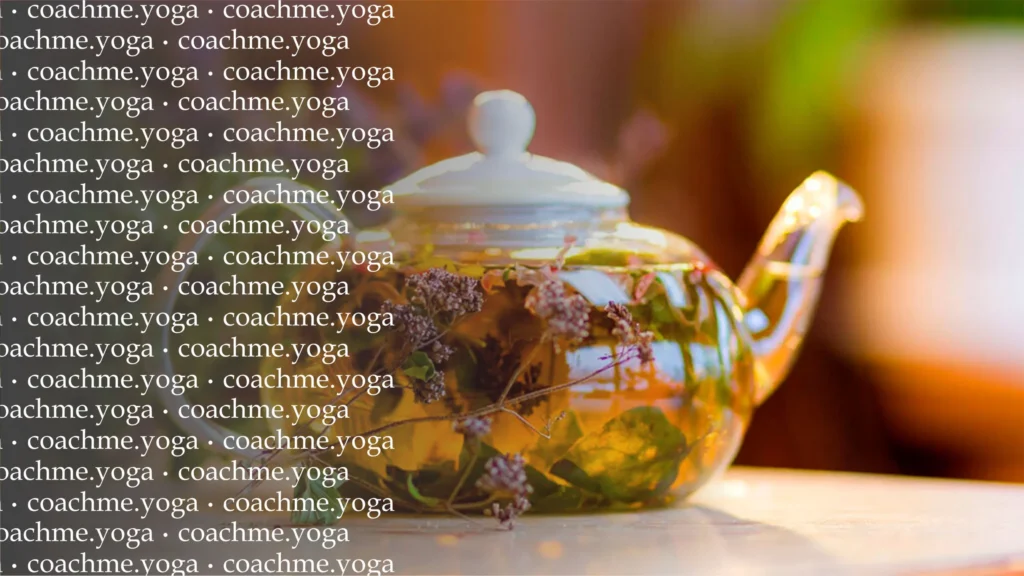
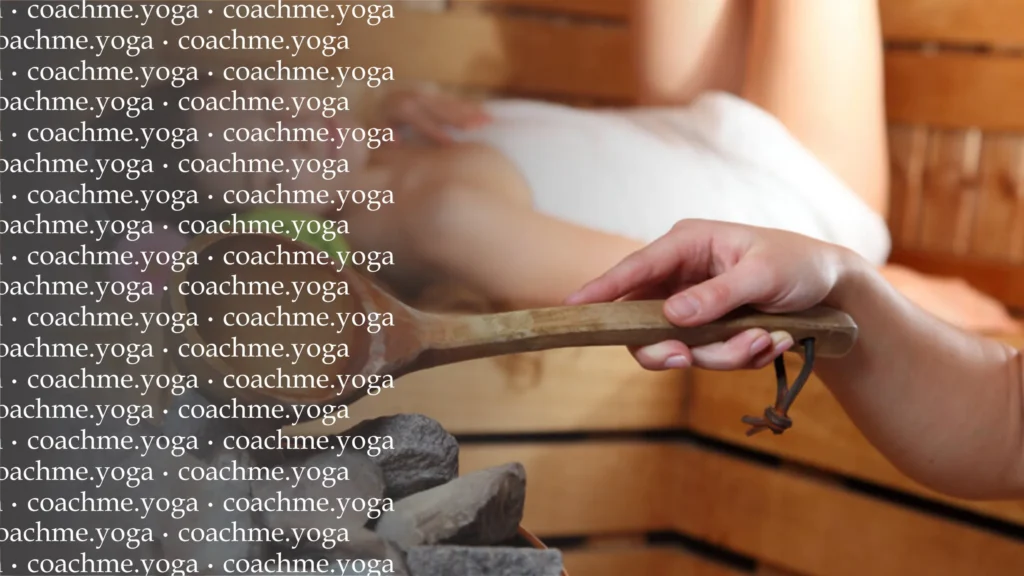
Responses